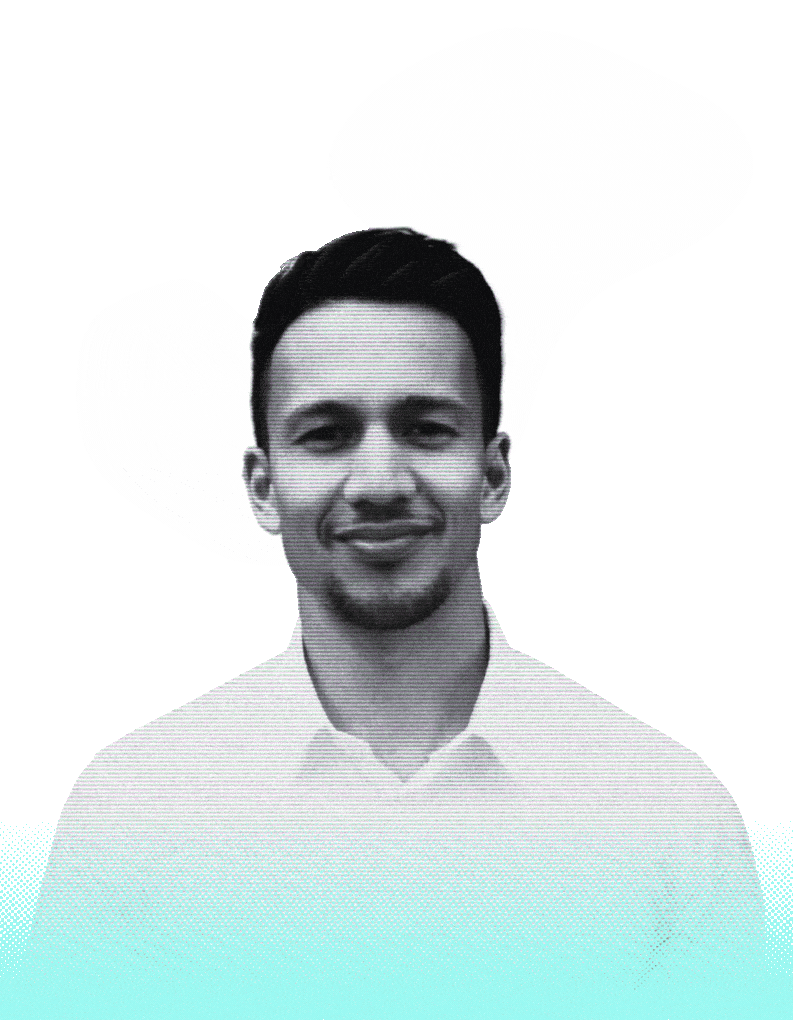

There's a persistent myth in healthcare education that we must choose between convenience and effectiveness—that we can either have easily accessible learning or high-quality skill development, but not both. After years of designing education programs for healthcare professionals, I've found this dichotomy to be fundamentally false.
Let's be honest—the traditional "full-day workshop" model is increasingly incompatible with the realities of healthcare delivery. Clinical staff face ever-increasing demands, unpredictable schedules, and the need to maintain care coverage. Yet the complexity of healthcare knowledge and skills hasn't decreased; if anything, it's accelerating.
This is where thoughtfully designed blended learning approaches shine. By combining the best elements of different modalities—digital self-paced components, synchronous discussions, hands-on practice, and point-of-care tools—we can create learning experiences that respect both cognitive science principles and practical workplace constraints.
Beyond "Some Online, Some In-Person"
When most organizations talk about blended learning, they're often describing a simplistic division of content between online and in-person components. But effective blending requires a more sophisticated approach—one that matches modalities to specific learning objectives and learner contexts.
I've developed a three-part decision framework that guides my approach to designing blended learning for healthcare professionals:
1. Analyze Learning Objectives Through a Modality Lens
Different types of learning objectives call for different delivery methods. This isn't just preference; it's grounded in how our brains process and retain different types of information:
Knowledge-based objectives (understanding concepts, policies, or theoretical foundations) often work well as self-paced e-learning components. The research on spaced repetition and retrieval practice supports this approach, as learners can engage with the material multiple times and test their recall.
Skill-based objectives (performing procedures, demonstrating techniques, or applying protocols) generally require observation, practice, and feedback—whether delivered face-to-face or through well-designed synchronous virtual sessions. The evidence on psychomotor skill development is clear that demonstration and guided practice are essential.
Attitudinal objectives (developing professional identity, embodying values, or shifting perspectives) benefit most from facilitated discussions, reflection activities, and authentic stories. Social learning theory supports the importance of dialogue and community in shaping professional attitudes.
This objective-based approach ensures that each modality is serving a specific purpose rather than simply providing variety for its own sake.
2. Consider the Learner Context in Detail
The reality of healthcare work environments significantly impacts learning effectiveness. My approach involves analyzing:
Time constraints: How long can staff realistically step away from clinical duties? This shapes decisions about module length and synchronous session duration.
Access points: Where and when will learning happen? For floor nurses who might learn in short bursts between patient care, mobile-friendly microlearning may be essential. For administrative staff with more predictable schedules, longer focused sessions might be appropriate.
Digital literacy and accessibility: What's the range of comfort with technology among your learners? Blended approaches must account for varied technical proficiency.
Geographic distribution: Are learners concentrated in one location or spread across multiple sites? This influences decisions about synchronous elements and in-person components.
The cognitive science is clear—learning that doesn't account for contextual factors will struggle regardless of its theoretical quality. Attention and cognitive load are finite resources that must be respected in design decisions.
3. Evaluate Available Resources and Constraints Honestly
Effective blended learning design acknowledges the reality of organizational constraints:
Technological infrastructure: What platforms and tools are available? Are they reliably accessible to all learners?
Subject matter expertise: Where does the expertise reside, and how can it be best captured and shared?
Budget considerations: What level of investment is possible for development and delivery?
Sustainability needs: How will the program be maintained and updated over time?
This pragmatic lens ensures that the design doesn't just work in theory but can be implemented effectively in practice.
Reframe thais to say AS IF WHAT I WOULD DO
A Case Study in Healthcare Blended Learning
To illustrate this approach, let me share a recent project on medicinal cannabis for chronic pain management that I developed for healthcare professionals at Arthritis & Osteoporosis WA.
This topic presented several specific challenges:
Complex, evolving clinical knowledge with legal and ethical dimensions
Geographically dispersed clinicians with varied schedules
Significant regional variations in practice patterns and patient needs
A mix of knowledge requirements and clinical decision-making skills
After applying my three-part framework, I developed a blended approach with these components:
1. Foundation Building (Self-Paced Digital)
60-minute e-learning module covering pharmacology, evidence base, and regulatory framework
Structured with frequent knowledge checks and case-based applications
Accessible on multiple devices to accommodate different work contexts
2. Clinical Decision Support (Point-of-Care Tools)
Downloadable quick-reference guides organizing key information for consultation use
Digital decision trees for patient assessment and treatment planning
Printable patient education resources that extended the clinician's teaching capacity
3. Collaborative Learning (Virtual Synchronous)
Monthly 45-minute virtual case discussions facilitating peer learning
Expert-moderated sessions addressing complex scenarios and regional variations
Recorded for asynchronous access with key points summarized
4. Skill Integration (In-Person Workshops)
Targeted in-person workshops in regional WA focusing on complex prescribing scenarios
Hands-on practice with assessment tools and patient communication techniques
Networking opportunities to build communities of practice
This wasn't simply "some online, some in-person"—each component served a specific purpose in the learning journey, reinforcing and building upon the others.
The pattern becomes clear when you step back: effective blended learning isn't about the tools or technologies used, but about creating a coherent experience that respects both learning science and workplace realities.
Measuring Success Beyond Completion
The effectiveness of this blended approach was demonstrated in multiple dimensions:
Satisfaction: Participants rated the program 4/5 on Likert scale measures across all components
Accessibility: Completion rates increased 47% compared to previous all-in-person approaches
Application: 76% of participants reported applying specific techniques from the program within 30 days
Impact: Patient satisfaction with pain management discussions improved by 23% in follow-up surveys
Participants specifically highlighted the flexibility and variety as key benefits, confirming that the blend was meeting their actual needs rather than just our design intentions.
Principles for Effective Healthcare Blended Learning
Based on this experience and similar projects, I've distilled some key principles for creating effective blended learning in healthcare contexts:
Design backwards from application, not forwards from content. Start by asking, "How will this knowledge be used in practice?" then design components that support that application.
Create meaningful connections between modalities. Each component should reference and build upon the others, creating a coherent experience rather than disconnected pieces.
Respect cognitive limitations in each format. Self-paced components should be chunked appropriately; synchronous sessions should include adequate processing time; in-person workshops should balance input and practice.
Build in reflection and integration opportunities. Learning happens in the spaces between content exposure—make these spaces intentional.
Provide just-in-time performance support. The goal isn't just knowledge acquisition but performance improvement, which often requires tools that extend beyond the formal learning components.
The cognitive science is clear on this point—learning that bridges the gap between theory and application requires carefully designed experiences that guide learners through knowledge acquisition, demonstration, practice, feedback, and integration.
The Path Forward
The future of healthcare education lies not in choosing between modalities but in blending them purposefully. As learning designers, our job isn't to deliver content through the latest platforms—it's to create conditions where understanding and skill development become possible within the constraints of healthcare work environments.
Like my background in exercise physiology has taught me, adaptation doesn't happen through random stimuli but through progressive, purposeful exposure that respects both capability and capacity. The same principles apply whether we're developing muscular strength or clinical expertise.
We'll see how approaches evolve, but I suspect the most effective healthcare education programs will increasingly use sophisticated blending strategies that match modalities to objectives, context, and constraints—creating learning experiences that are both accessible and effective.
The key is ensuring each component serves a specific purpose in the learning journey, rather than simply using multiple modalities for their own sake. When we get this right, we don't have to choose between convenience and quality—we can deliver both.

